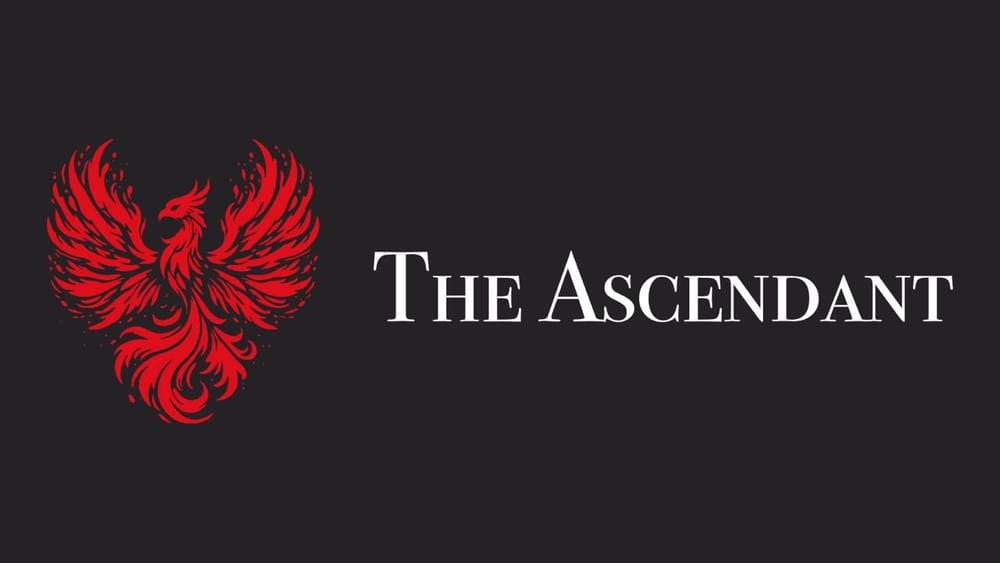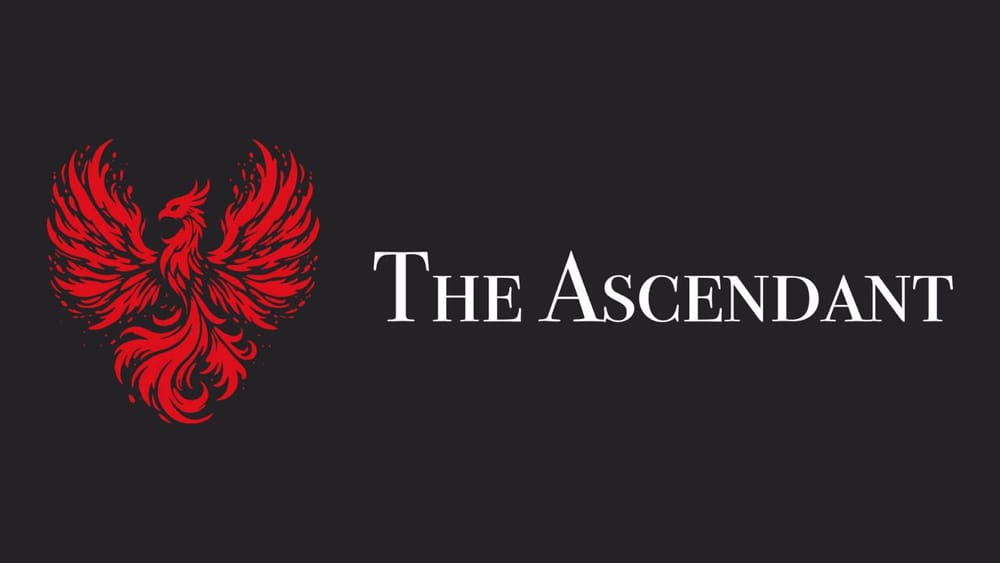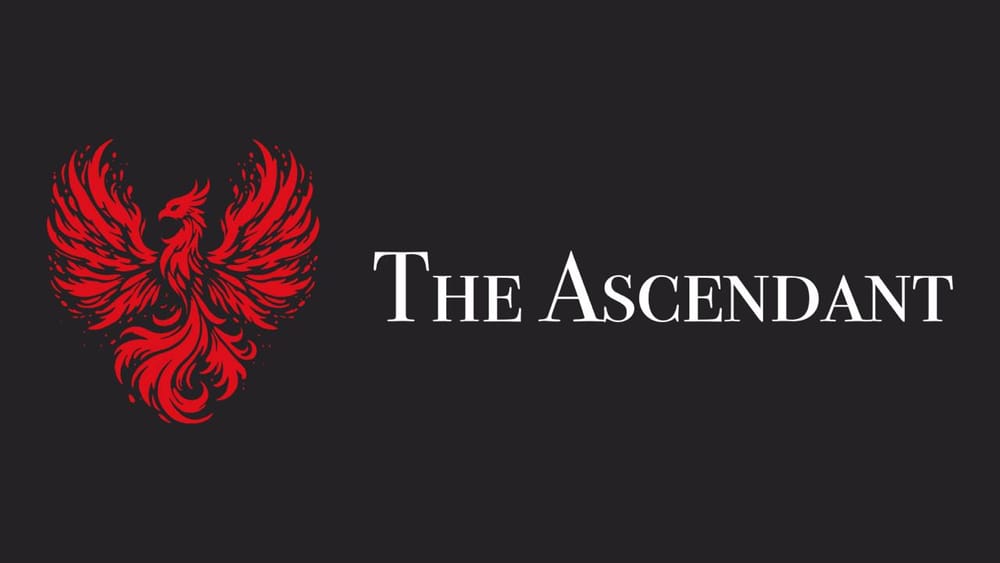What would you do if you were a mayor of a big city and you saw your highways getting more and more congested? If you would use vertical scaling, you would simply force 85% of all car owners to use your newly built public transportation network and ban cars from certain places. Job done, Right?
Let’s slow down and look at the downsides. First of all, you have just infringed on the rights of the people to use their cars. How do you think these “delighted” car owners will vote during the next election? Second, you are using a public transportation system that is highly centralized - there’s simply a lot that can go wrong!
This is why you should consider using a horizontal scaling approach - creating more roads and highways for people to use …
It all started with Ethereum
During the early years of Ethereum there was absolutely no need for scaling. After the arrival of Crypto Kitties (the first ever large-scale NFT project), the network very soon became congested to the point of being unusable. This live stress-test has shown the need for further tinkering and development. Enter scaling!
We already know how L2 networks help to offload a part of Ethereum’s computational power - making transactions faster and cheaper for end users. You also know about the Blockchain tillemma - a good blockchain network should be:
- Secure
- Decentralized
- Scalable
The project that solves all 3 at the same time will become the ultimate winner of the Web3 race. Today 3 leading ecosystems are taking this challenge head on: Cosmos, Polkadot and Avalanche. The way they scale their network is simply by adding more parallel running networks to the equation.
Polkadot ($DOT)
The relay chain is the primary network of Polkadot. Here is where all the “magic” happens. Validating transactions, staking and governance is done on this primary chain. The networks that branch out (and connect to) the primary network are called Parachains. Polkadot prides itself on being highly “developer-focussed” and notoriously difficult to understand. Let’s peel away the layers of complexity and understand it with a simple analogy.
Imagine DOT as a train network. Each train (Parachain) can carry goods or passengers independently, but they all connect at a central station (Relay Chain) to share updates and information. Every train is welcome to roll around on any track and deliver goods and people to any destination. This is called interoperability.
Every Parachain can be customized for different applications like DeFi, Gaming, RWA or even file storage. Having so many different Parachains running in parallel keeps the Polkadot network fast, secure and scalable. What are the downsides?
Currently (December 2024) Polkadot completed serious strategic overhaul and rebranding in order to step away from “renting blockchains” to builders who are interested in tapping into their ecosystem. The bear market of 2022 - 2023 has taken a major toll on the price of $DOT, yet the team remains optimistic and continues to develop the network.
Using the Polkadot network has always been a bit of a challenge. Although the gas fees have been low and the transaction speed has been blazingly fast, the Polkadot JS environment was a nightmare to navigate to any non-tech-savvy user. Luckily with the arrival of better wallets and Dapps the usability has drastically improved.
Cosmos ($ATOM)
When it comes to interoperability, Cosmos is a force to be reckoned with. They have been the leaders in Interblockchain Communication (IBC) for years. Another neat feature of the Cosmost ecosystem is that it doesn’t rely on a central chain like the above-mentioned Polkadot. In fact every network (or “Zone” as they like to call it) works fully independently from each other.
Imagine every Zone to be a website. There are millions of them out there and they all serve a different purpose. The internet itself is the Cosmos Interblockchain Communication protocol (IBC). It connects all the websites and allows them to communicate seamlessly.
Exchanging tokens, providing liquidity and sharing data is a breeze on the Cosmos network. The speed and the low transaction fees make Cosmos an interesting solution for application-heavy ecosystems such as IOT and Gaming. Currently Cosmos is doing a wonderful job building and refining their ecosystem. What are the downsides?
Just like Polkadot, Cosmos relies quite heavily on attracting new builders and developers to its network. After all, the more parallel blockchains are built on Cosmos, the more valuable the entire ecosystem becomes in the long run (nobody cancelled Metcalfe's law, remember?) This tech-savvy approach may scare off some normal light users in the short term - it’s just too damn difficult to fully immerse yourself into the Cosmos ecosystem as a newbie.
Let’s not forget that $ATOM also suffered from a brutal beating of the 2022 - 2023 bear market, leading towards the meteoric rise of Solana and L2 networks in the process. When it comes to raw capability of horizontal scaling, Cosmos is hands down one of the best candidates at the moment (December 2024). We are eager to see what the team will pull out of their sleeves to surprise builders and developers in the future.
Avalanche ($AVAX)
As of the time of writing, Avalanche has just completed its most important milestone - the ETNA upgrade on their mainnet. This allows builders to leverage the power of having an autonomous L1 blockchain for their own specific applications - even going so far as to create their very own Gas token (some projects can even use stablecoins for gas fees).
When it comes to horizontal scaling, just like Polkadot and Cosmos, Avalanche uses L1 networks that run parallel to the main one. Every single L1 network does everything that one can do on Ethereum; deploy tokens and smart contracts, validate the network, run apps and since the ETNA upgrade, use its own custom gas tokens.
Professional DeFi users love the new upgrade, because it lowered not just the gas fees on the network (by 96%), but also the barrier to entry for builders and developers. In fact it’s possible to launch your own fully capable L1 network for a fraction of the costs.
- Before the upgrade: 20.000 $AVAX flat rate
- After the upgrade: 1.33 $AVAX monthly fee
When it comes to partnerships, Avalanche is betting heavily on the narratives such as:
- RWA - Real World Asset tokenisation
- IOT - Internet Of Things
- Gaming
- DeFi - Decentralised finance
- Institutional adoption by large TradFi players
The team has gone out of their way to create an entire educational ecosystem to help developers launch their L1 network in the shortest possible time. There are weekly community calls and educational sessions, as well as constant updates from the Avalanche developers to the entire global community.
Before you become mesmerized by the future potential of Avalanche and its ambitious future plans, let’s take a look at the downsides.
Avalanche is not a fully decentralised project. The token bridge of their native wallet (core.app) has to comply with the US regulation - leading to potential exclusion of some countries and jurisdictions. This is in no means how true Decentralized Finance should work.
There’s also something called the token unlocks (also present in Polkadot and Cosmos) that can negatively affect the valuation of $AVAX in the long run. For you as a builder this may not be so important, yet it’s always good news to know that the ecosystem you’re building on is sufficiently funded at all times.
Conclusion
Horizontal scaling takes a truly unique approach towards the rapidly increasing need for bandwidth and throughput in the Blockchain space. Staying true to the ethos of decentralisation, the blockchain trilemma is quite happy with this approach. What about developers?
As of today all 3 networks are seeing a renaissance and new developers are flocking to build their “killer apps” on these networks. The future for horizontal scaling is looking quite promising indeed. Here at D3LTA we are always keeping an open mind when it comes to these “one-size-fits-all” solutions.
From our experience we know that innovation will always come from all directions. Perhaps we will see a merger of horizontal and vertical scaling networks. Maybe DAG consensus will help to speed up the existing technology and lower the barrier to entry for every builder. As of today it’s important to know that not only do you have a wide array of tech to play with, but you can also stay Blockchain agnostic AND interconnected with other blockchains and ecosystems at the same time. This is a win-win situation for you AND your end users.







